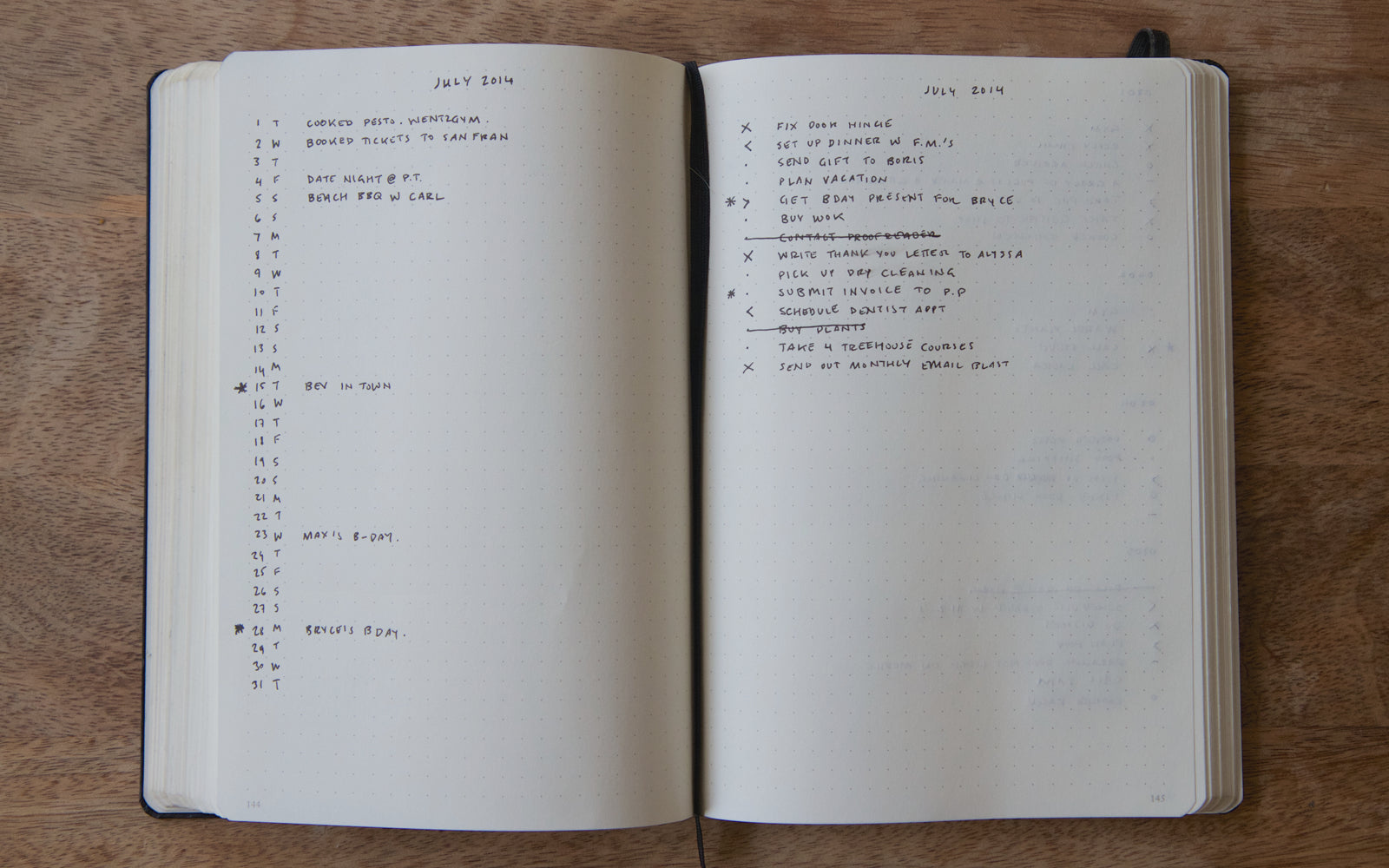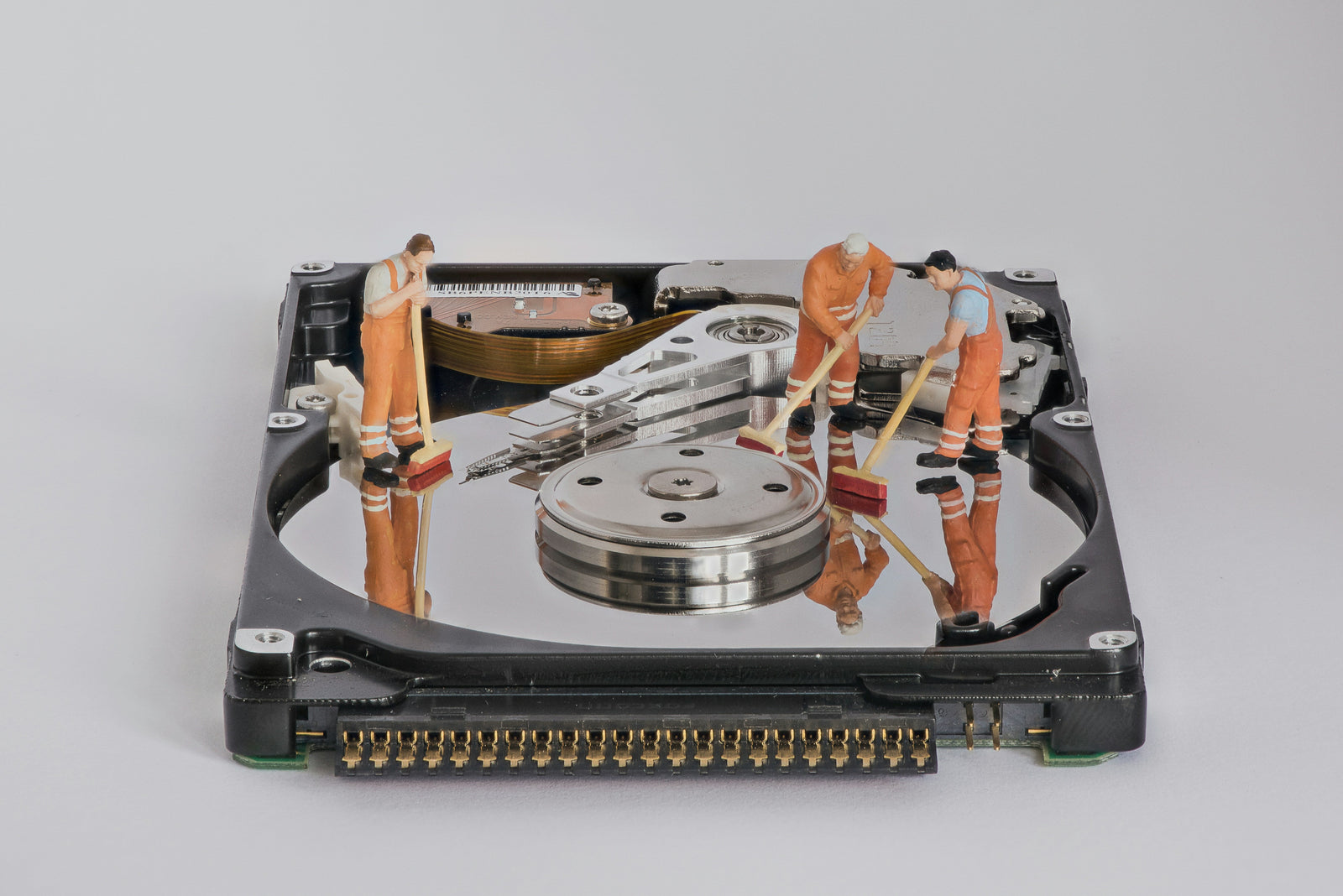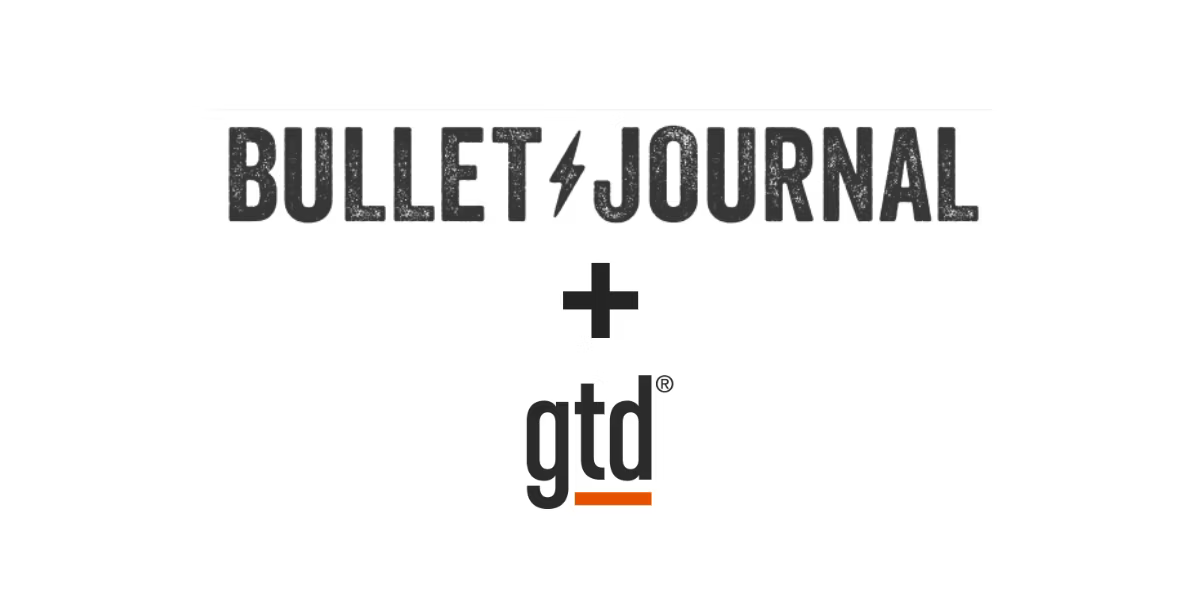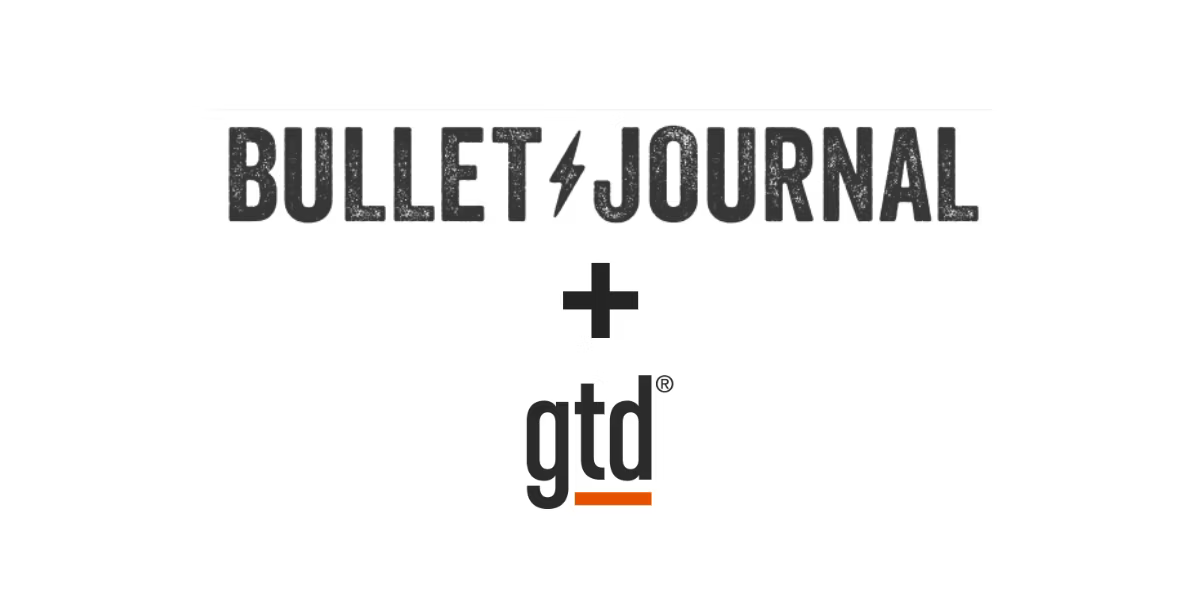Late last year I had the privilege of traveling to over a dozen cities across the U.S. and Europe on The Bullet Journal Method book tour. At one of my events, I had the pleasure of meeting a young Bullet Journalist whose work I was familiar with. I’d seen many of her stunning posts over the years, though I couldn’t recall seeing any recently. While I signed her book, she told me she missed Bullet Journaling.
Curious, I delicately asked, “May I ask why you stopped?”
“I stopped Bullet Journaling because I wasn’t getting as many likes.” She confessed.
My heart sank. Sadly it’s a story I’ve been hearing rumbles of in the community. She went on to say that she kept pushing herself to make her spreads more and more beautiful for more likes. As the likes inevitably declined - likely due to the ever-shifting whims of Instagram algorithm - she lost her motivation to keep investing all that time and energy.
I asked, “Why did you start to Bullet Journal?”
“Because I loved all those beautiful examples online,” she said.
I smiled, and tried again: “Yes, but at the beginning, what were you looking for when you found it? What did youneed the Bullet Journal for?”
“I don’t remember.” She replied.
We talked for a little while longer to uncover the reason why she felt disconnected from her Bullet Journal practice. This sense of disconnection is something that surfaced a few times on my tour. When I explored the topic with those who raised it, the underlying problem was always the same: the Bullet Journal no longer served its purpose. That purpose? That’s a question I can’t answer. More accurately, it’s a question that I’m not entitled to answer, and you’ll see why a little later on.
The story of the woman I mentioned earlier is a perfect example of what can happen when the Bullet Journal stops serving its purpose. In her case, it resulted in a vacuum that was filled by seeking approval from others. She’s not alone in this. There is a growing number of Bullet Journalists struggling to develop their practice in the quicksand of social validation. They design increasingly elaborate or complex Collections, investing ever more time, for "likes". This is problematic for several reasons, but primarily the more you focus on the needs of others, the less you’re paying attention to your own. It shifts the Bullet Journal method from a personal practice into a performance.
The power of the Bullet Journal is that it will become whatever you focus on. Focusing on what you see online, can have a powerful influence on how you define your approach, your ability, and your success. By all means, learn from others. The strength of this community is its unending creativity and willingness to share solutions to universal challenges. Just be mindful about what you adopt into your own practice. It’s the difference between “My BuJo needs to look like that” vs “How can my Bullet Journal best serve me?” or “Oh, look at all these habits I could be tracking!” vs “What habits would add the most value to my life?”
I like to describe the Bullet Journal Method as an empty house. I gave the community this house to fill it with their own lives. That’s the key, to furnish your space with the things that serve you. If the chair is too fancy, you won’t sit in it. If the kitchen is too complicated, you won’t cook in it. If you decorate your home based on other people’s tastes, you risk feeling like a stranger in your own space. If you’re not careful, your notebook can quickly fill with all sorts of Collections that ultimately don’t add value to your life. It’s no wonder then when it becomes a chore. You’re maintaining someone else's journal, not your own.Be they minimal or artistic, make sure your pages remain true to you.
Maybe you don’t compare yourself to others, yet you also feel disconnected from your practice. Feeling like you’re not learning - or aren’t making progress - are indications that you’ve gotten too comfortable. You’ve gone on autopilot, and your practice has gone into stasis. Again, its stopped serving its purpose. We don’t live static lives. As time passes, our circumstances, and our needs, change. Our practice must always be evolving to continue to add value to our lives.
If you’re ever feeling stuck, unmotivated, overwhelmed, or simply out of touch with your journal, go back to the basics. Take a step back. Begin by remembering why you started. Were you feeling forgetful, sad, disorganized, anxious, overwhelmed, or depressed? How did your original practice help you tackle those challenges? Come back to that.
What if you’ve outgrown your original need(s)? That’s great! Now you have a renewed opportunity to figure out what you care about - or what your challenges are - now. You see what I’m getting at. I can’t define the purpose of the Bullet Journal because it can only be defined - and redefined - by the specific needs of the practitioner. In other words, the purpose of the Bullet Journal must be defined byyou. If you don’t define your purpose, the purpose wont be yours, and your practice will eventually feel meaningless. Your life, your challenges, and your projects are unique. Match your tools with your purpose.
Strip away everything that doesn’t support your purpose. Start simple. Build slowly. Your practice doesn’t need to be profound, or beautiful. It needs to be real, relevant, and effective. Most of all, it needs to be yours. It’s not about how your Bullet Journal looks, it’s about how it makes you feel. Add only what feels valuable and effective, and give yourself permission to walk away from approaches that don’t or no longer serve you.
Don’t be ashamed, frustrated, or disheartened if your Bullet Journal doesn't look the way you want it to, or think it should. Recognize these emotions for what they are: warning signs. It means that you’re getting distracted by what other people are doing. Don’t ruminate on what your Bullet Journal isn’t, celebrate what it can be. Focus on the only thing that matters: how it can best serve you.
I once was told that the best way to write, is to write what you want to read. In our Bullet Journal, that story is the story our life. It’s an inevitably complicated story, but a potentially beautiful one. The difference is in how present we are along the way. Your Bullet Journal is there to help you capture that story, so you can study it, and learn from your experiences. It also functions as a tool to help you change the direction of your story if you don’t like where it’s headed. So, if you should get lost from time to time, or your purpose no longer serves you, simply turn the page and begin again. Use your Bullet Journal to help you write the story you want to read.
About the Author






Leave a comment (all fields required)